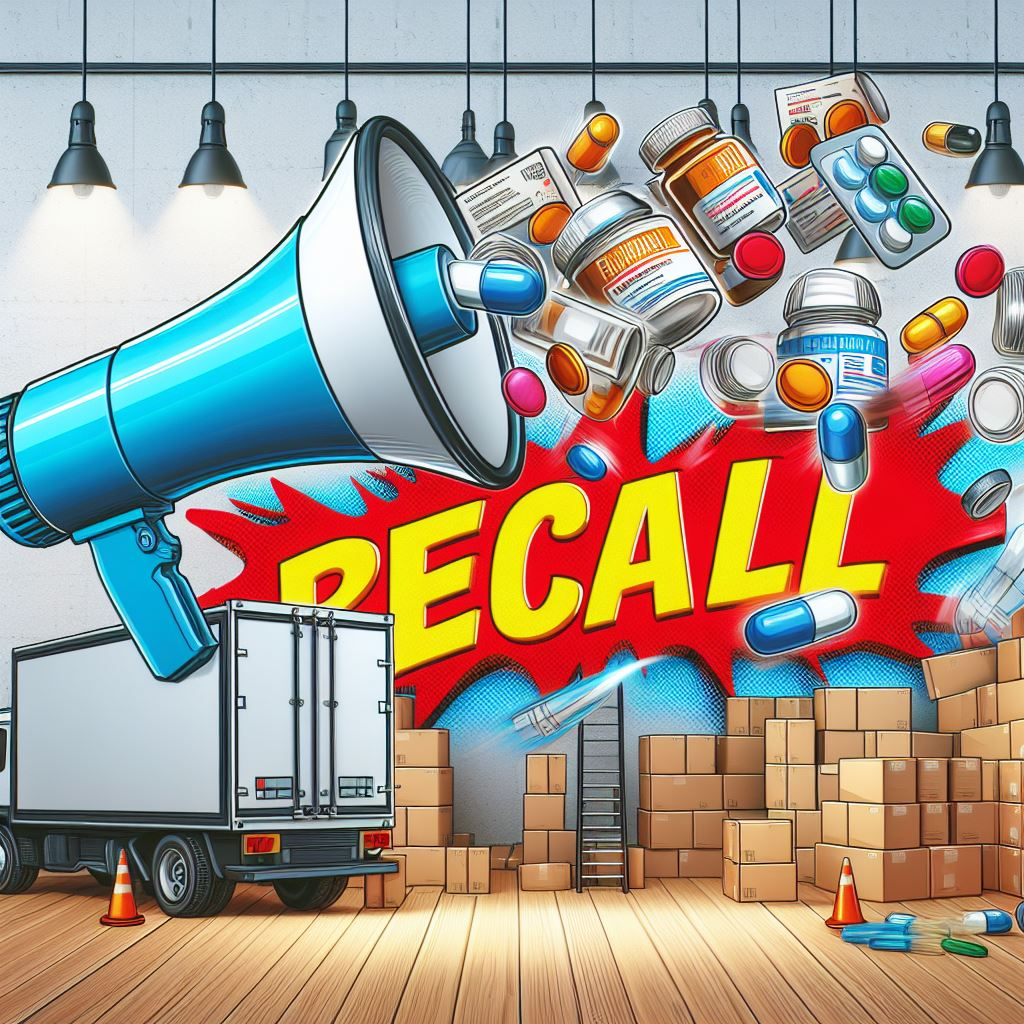

Discussion forum for Pharma Quality events, Regulatory Actions
Warning letters, 483s, Recalls, Import Alerts, Audit observations

Warning letters, 483s, Recalls, Import Alerts, Audit observations

Strides Pharma Inc is recalling over 38 lots of Testosterone Gel 1% in the US due to presence of benzene contaminant as per California State Board of Pharmacy Recall Alert. The benzene contaminant is resulting from one of the excipients used, Carbomer 940. Testosterone Get is indicated for treatment of deficiency or absence of endogenous testosterone in males. The recalled lots were distributed to wholesalers and distributors between May 2023 and February 2025.
Carbomer 940 in widely used in drug formulations as a filler, emulsifier, gelling agent, binding agent, stabiliser etc. Carbomer 940 is a crosslinked polyacrylic acid polymer and in some manufacturing processes benzene is used as a solvent. Benzene is a known carcinogen and classified as a Class 1 solvent. Both ICHQ3C guidance and USP General Chapter on Residual Solvents recommend that Benzene not be employed in the manufacture of drug substances, excipients, and drug products. However still several grades of carbomers are manufactured with benzene as a solvent, although benzene-free alternatives are available.
The presence of benzene in Carbomer 940 (and other carbomers) has been a concern, and the FDA had issued a guidance in December 2023 for reformulating drug products that use carbomers manufactured with benzene. FDA had observed certain United States Pharmacopeia (USP) carbomer monographs, including Carbomer 940, allow unacceptably high benzene levels (up to 5000 ppm) and had requested USP to remove these monographs.
FDA had also recommended that manufacturers of drug products that use the carbomers with benzene to reformulate the products with alternate grade of carbomers without use of benzene, and that has similar chemical composition and physical properties (e.g.viscosity, rheology), perform tests to compare critical quality attributes of pre- and post-change products following principles described in applicable SUPAC guidance and submit proposed formulation changes through supplements. For e.g. for semisolid dosage forms: Nonsterile Semisolid Dosage Forms: Scale-Up and Postapproval Changes: Chemistry, Manufacturing, and Controls; In Vitro Release Testing and In Vivo Bioequivalence Documentation (May 1997) (SUPAC-SS guidance).
References:
For the list of all SUPAC guidance, visit Qvents Guidelines page: Title – Variations and Changes – NDAs, ANDAs, DMFs, Marketing Authorisations, Dossiers, ASMF, APIMF, CEPs, WHO Prequalification (FPPs & APIMFs)
Leave a Comment
You must be logged in to post a comment.